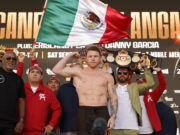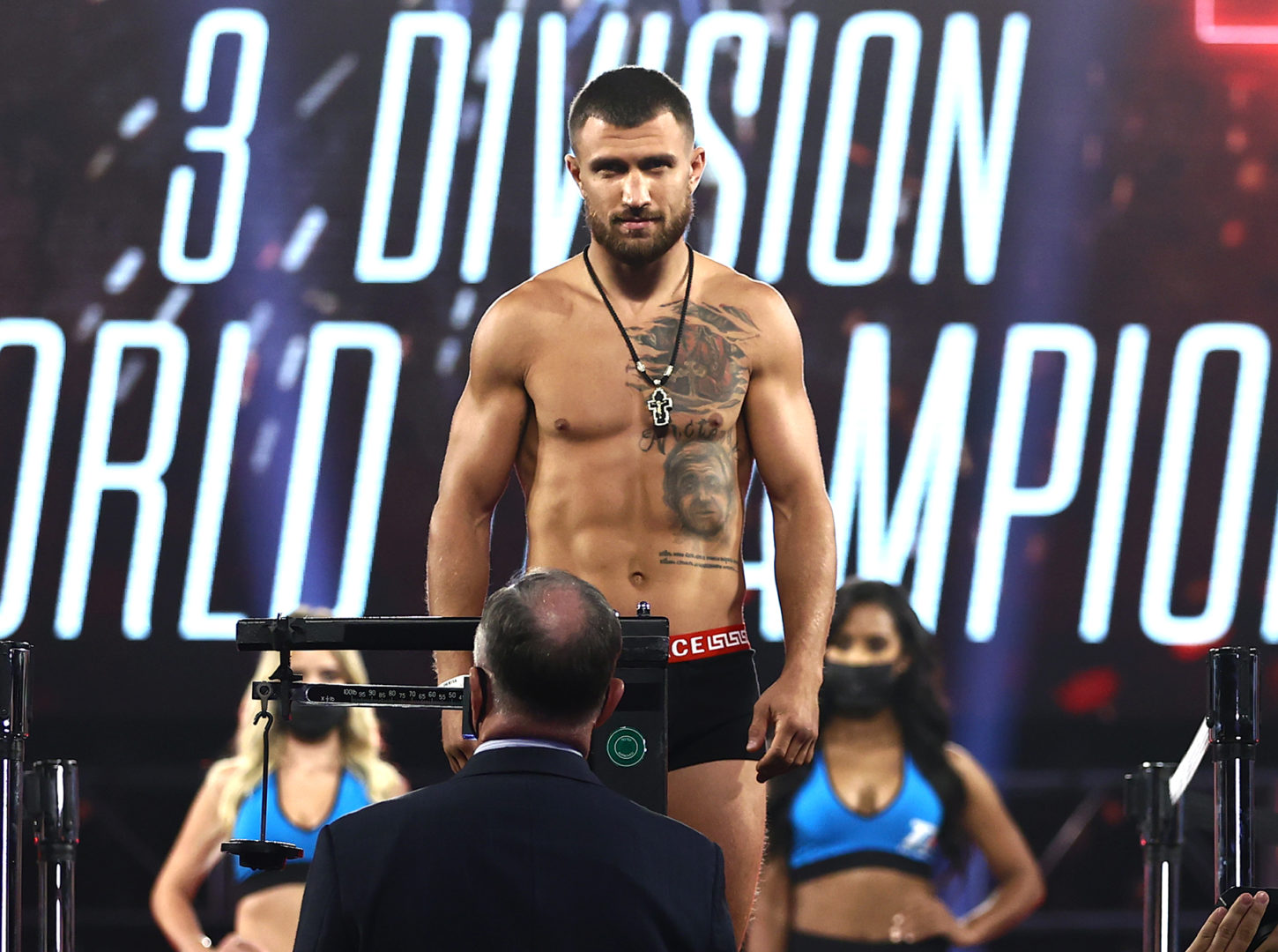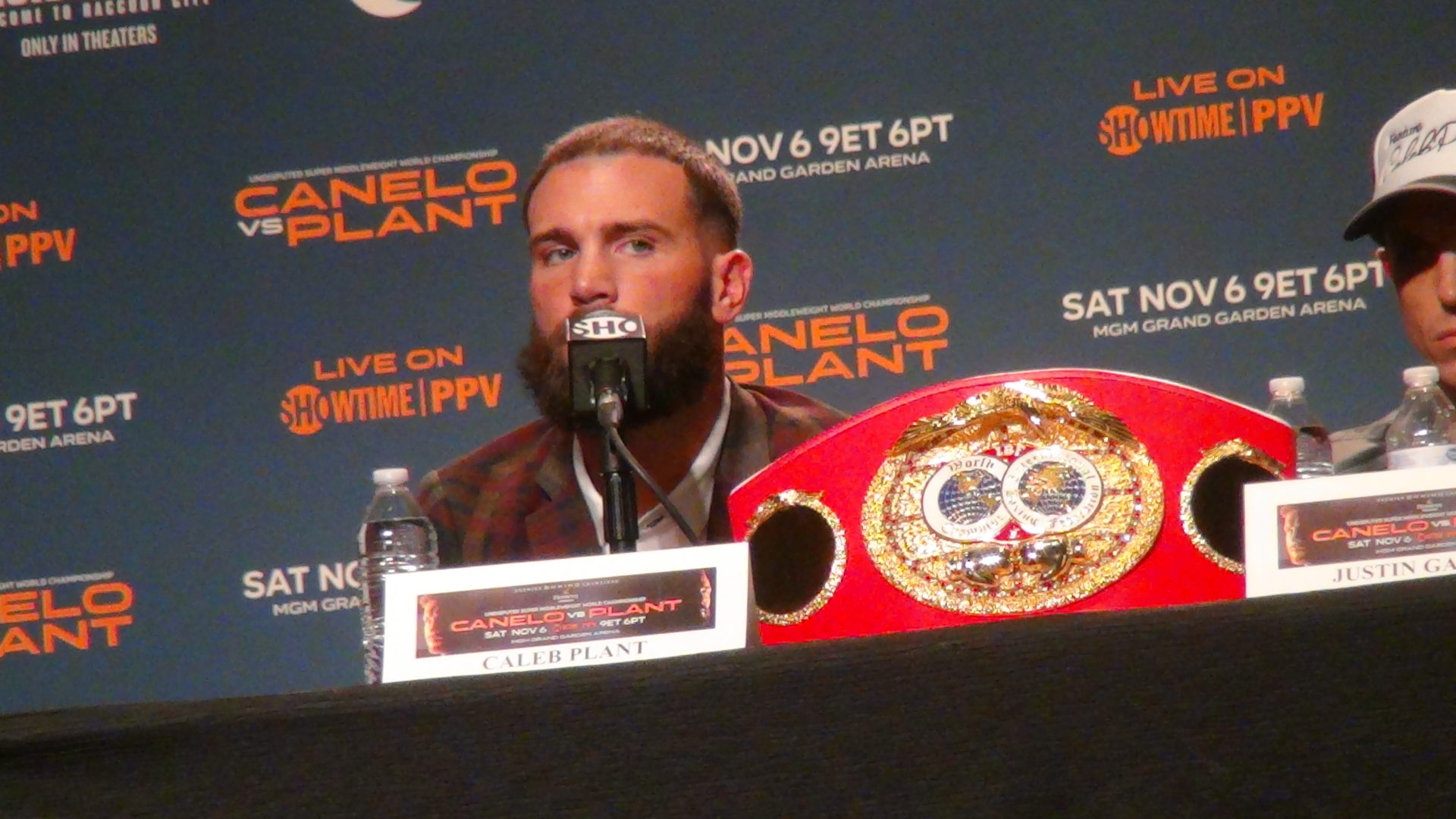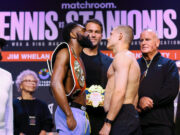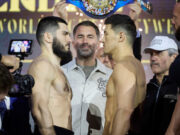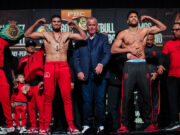Eight years ago Jonathan Yardley, The Washington Post’s longtime book critic, mentioned his policy about reviewing friends’ works. He doesn’t do it. He didn’t explain why, but his reasoning must reduce to a fear of losing readers, or friends. The policy struck me as too strict, then.
It still does. A disclaimer in the form of a disclosure should suffice for interested readers. To wit: Thomas Hauser is a friend and mentor of mine. He is also a colleague of sorts; next month a book we wrote together, “The Legend of Muhammad Ali,” will be published. There, now let’s get to it.
On Friday, Oct. 1, Hauser’s 2010 collection “Boxing Is . . .” (The University of Arkansas Press; $22.50) will go on sale. It is 270 pages of articles written about boxing in 2009. It comprises four self-explanatory sections – “Fights and Fighters”, “Curiosities”, “Issues and Answers” and “Non-Combatants” – and captures a year of prizefighting well as any of Hauser’s collections has.
Reading “Boxing Is . . .” subjects you to one theme more than others. Quiet validation. The articles, arranged as they are, validate one another much the way time has validated them since they were written.
After an opening biographical piece about Sugar Ray Robinson, Hauser profiles two New York prospects. The second such profile, about Danny Jacobs, bursts with confident proclamations from its subject and ends on a prophetic note from the author: “Time will tell.” It did, indeed, when Jacobs got comprehensively undone by an unknown Russian in July. But that’s not the crafty part.
Hauser’s craft comes through in the next article, the first of four dedicated to Manny Pacquiao. And that craft is juxtaposition. An American who has accomplished almost nothing while speaking brashly sits beside a Filipino who has accomplished almost everything while speaking modestly. Is that an accident?
I can’t imagine it. Hauser is meticulous – in the sense that he will never have to revisit his work and wonder what the hell he was thinking when he wrote something (or arranged it).
There are other points of subtle craft. Take this passage from an article about light-hitting Israeli Yuri Foreman:
“The English equivalent of ‘Yuri’ is ‘George.’ When it comes to punching power, George Foreman and Yuri Foreman are vastly different fighters.”
That’s a fun bit of miscellany, but it’s also worth reviewing. The more you play with those two sentences – rearranging them, eliminating surnames, trying pronouns – the more you see the author’s fingerprints; Hauser considered other deliveries before settling on the right one.
Another feature of Hauser’s writing this year, as in past years, is his exceptional access to fighters. In the prologue to a different book, due in November and for which Hauser provided text – “Box” by photographer Holger Keifel (Chronicle Books; $29.95) – Hauser shares the philosophy of access that brought him to prizefighting:
“But one can’t just walk into Yankee Stadium and talk with the New York Yankees. . . . Boxing, by contrast, is the most open of all sports. A fan can walk into virtually any gym in any city in the world and talk with the fighters who are training there.”
The boxer whose accessibility Hauser wisely makes the most of is Manny Pacquiao. Granted dressing-room passes before and after Pacquiao’s 2009 fights with Ricky Hatton and Miguel Cotto, Hauser unfurls two of his last-word treatments of the matches. He complements these with two other articles, “Tina Meets Manny” and “Fighter of the Decade.” We now know Hauser intends to surround Pacquiao with eyewitness accounts the way he surrounded another iconic figure, Muhammad Ali. Don’t bet against him.
Especially if you’re a fellow writer. Hauser works within a different timeframe. Nowhere is this clearer than in a short tribute he does to Nathan Lee and La Mont Starks, two men who sit at a table outside MGM Grand’s media center every fight week.
That is, Hauser paused to chat with those two guys then wrote 500 words about Lee and Starks while the rest of us dashed past them to jockey for promoter-canned quotes.
But the most important contribution of “Boxing Is . . .” likely will be Hauser’s treatment of HBO. Along with offering a worthwhile thought experiment in boxing’s long-term prospects without the cable network, Hauser provides a 10-point manifesto for improving HBO’s coverage of our beloved sport.
By my count, five of those 10 recommendations have been addressed since Hauser confronted the president of HBO Sports directly. Three have been checked-off, and two have been considered.
More important, though, is the tone. In January of 2009, “Memorandum for Ross Greenburg” appeared at Hauser’s online home, SecondsOut.com. I later criticized the piece as “unnecessarily harsh and personal.” Well. I just reread the letter last week, and – to borrow Twain’s satire – I was astonished at how much Hauser had learned in 22 months.
Hauser’s ferocity in the 35 pages he devotes to HBO is one summoned from a love of boxing and well-hidden optimism. He genuinely thinks HBO can be improved if not fixed. His criticism has aged well.
Lastly are Hauser’s instructive features on two figures in the final section of “Boxing Is . . .” Seth Abraham, former president of HBO Sports, presents himself as a learned and content individual. And the late Arthur Curry, former manager of sports-talent relations at HBO, is presented as a heroic figure bringing contentment to others. An inquiry of Abrahams’ portrait – can I say this about my life? – and of Curry’s portrait – can others say this about my life? – provide two guideposts for good living.
Online, some of us don’t read Hauser’s serious pieces because they are long. Others don’t take his short pieces seriously because they’re under 5,000 words. Both problems are solved by revisiting him in book form. “Boxing Is . . .” belongs on your shelf because it encapsulates 2009, but buy it because you’ll enjoy the read.
Bart Barry can be reached at bbarry@15rounds.com



